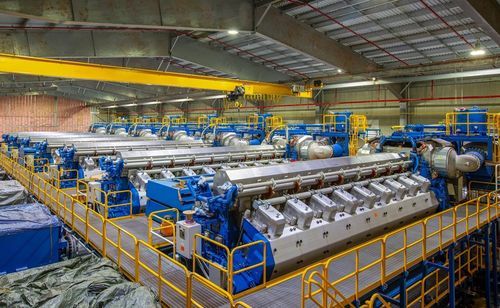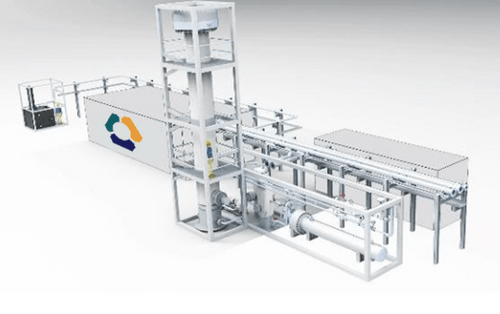The costs of producing clean hydrogen have gone up, increasing by up to 65% in 2023 alone, according to the Hydrogen Council. Challenges, which range from a rise in equipment costs to lack of experience in developing commercial-scale projects, are predicted to persist for a while, keeping investment costs elevated.
“Despite the challenges that hydrogen faces, there are still first-mover projects that are taking shape,” said Bridget van Dorsten, senior research analyst for hydrogen and emerging technologies at Wood Mackenzie, during a June 6 webinar. “And these projects are going to serve as industry examples for cost, technology, challenges, and more. Although these near-term project costs are high, we can expect to see project costs decline following the lessons learned from flagship and first-mover projects over the next couple of years.”
Wood Mackenzie evaluated 20 blue and green hydrogen projects across the United States and the United Kingdom, and used them to identify six opportunities – which were presented during the webinar – for developers to reduce costs and gain an economic advantage,
Sell wisely
Hydrogen developers aiming to sell their products to offtakers in the mobility and power sectors might be able to sell their product for a higher price. In such sectors, which are often recipients of government support, costs are easily passed on to consumers.
“More cost-sensitive sectors like ammonia, or general industrial applications, will typically only be willing to pay a gas price equivalent, plus the carbon cost, plus potentially a small green premium on top of that,” said Greig Boulstridge, research associate for hydrogen at Wood Mackenzie, during the webinar. “So sales prices are naturally lower. The target sector could result in many dollars per kilogram of difference in the eventual sales price, which massively impacts the financial case for the project.”
Buy cheap
Chinese electrolyzers can cost as little as 40% of the ones manufactured in the U.S. and Europe, according to WoodMac, and are four times cheaper to install on average, according to data by BloombergNEF.
“This comes with the caveat that many Western developers are skeptical of the quality of Chinese technology, and would rather stick with Western technology which is perceived as being more reliable,” said Boulstridge. “However, Chinese original equipment manufacturers (OEMs) are increasingly offering attractive warranties in an attempt to gain a foothold in this very competitive market.”
Choose a smart power sourcing strategy
Electricity costs account for the majority of the levelized cost of green hydrogen, according to WoodMac’s analysis, which underscores the importance of power sourcing. Securing behind-the-meter power supplies and co-locating the electrolyzers with the renewables reduce a project’s exposure to power price volatility.
“Designing a fully off-grid plant could offer further benefits,” said Boulstridge. “These plants can be strategically located with the best renewable resources, meaning that the electrolyzer can run at higher load factors.”
Stay close to the source
For blue hydrogen, locating a production facility as close as possible to a natural gas reserve reduces the need for costly transportation and lowers the project’s emissions, which could make a U.S. blue hydrogen project, for instance, more likely to meet the criteria for the 45V Clean Hydrogen Production Tax Credit.
Cut transportation costs
To reduce costs, some developers have been co-locating the electrolyzers with the end-users, eliminating the need for pipelines and reducing the losses that happen when transporting hydrogen. Hydrogen leakage during storing and handling has been projected to be as high as 20%.
“This way, producers will be getting paid for almost every kilogram that they produce, instead of seeing a good portion of the revenue evaporate into the air,” he said.
Tried and tested
As a relatively new and still risky sector, hydrogen is not a lenders’ darling quite yet, and achieving bankability is still a challenge for hydrogen developers, as lenders are wary of providing financing to untested technologies.
“Using tried and tested technology is one way for a developer to secure favorable financing agreements,” said Boulstridge, adding that taking steps to diversify one’s supply chain and reduce reliance on a small number of suppliers and technologies is a good way to reduce risk. “These steps can lead to lower debt repayments once the project is up and running. However, developers might not be able to employ less-proven, potentially more efficient technologies.”







